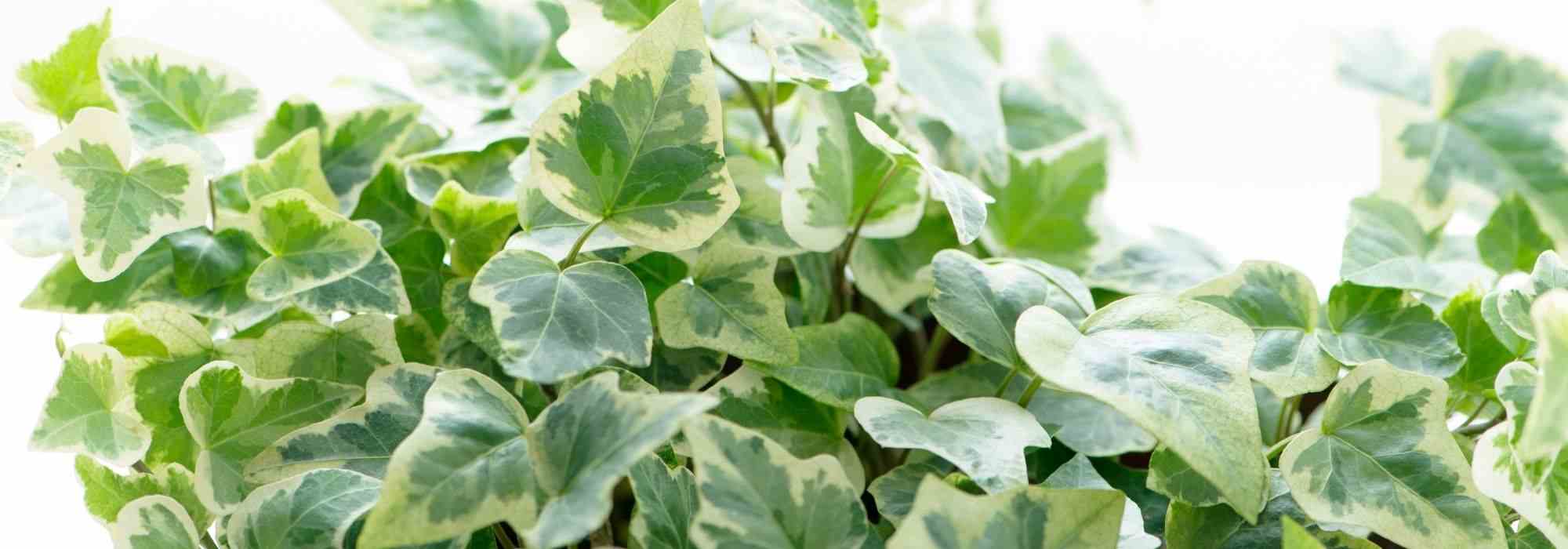
Pairing Ivy
Our 5 pairing ideas
Contents
The ivy climbs effortlessly on all supports (walls, trellises…) or spreads easily across the ground. In fact, common ivy (Hedera helix) is often considered an invader due to its rapid growth. However, it can be a real asset in gardens or on balconies, both from a decorative perspective (today’s varieties offer very interesting ivy leaves) and an ecological one. Yet, when planted alone, it can look rather sad. That’s why it’s best to pair it with other plants. For inspiration, discover our ideas for showcasing ivy in various contexts: used as groundcover, planted in pots, in a romantic garden, in woodland, or simply combined with a climbing plant.
→ Also, find all our tips on planting and growing ivy
In pots, with bulbs, annuals, biennials, or perennials
Dotated with evergreen foliage and good hardiness, ivy lends itself easily to pot use in all seasons. Some ivies, due to their small growth, are particularly suitable. TheHedera helix ‘Kolibri’ is among the least invasive. Its distinctive feature is its decorative foliage, green speckled with cream white. The bright ’Hedera helix ‘Little Diamond’ and the ornamental ivy ‘Jake’ with golden foliage turning lemon green are also appreciated in pots. Brighten your balconies and terraces with pots, troughs, planters, or hanging baskets in which you will plant your ivy alongside bulbous plants, annuals, biennials, or even perennials.
For a spring display, choose fresh colours to mark the arrival of fine weather. The hyacinth exudes a delightful fragrance and comes in many soft or vibrant colours, such as theHyacinthus orientalis ‘Pink Pearl’ in fuchsia pink. Daffodils are a classic of spring with their yellow or white flowers, like the Narcissus triandrus ‘Thalia’. The daisy, forget-me-not, pansy, or primrose such as ‘Belarina Pink Champagne’ with double flowers can also accompany them.
In summer pots, dare to use shades of strong colours. Grown as annuals, petunias, Osteospermum, and Anthemis provide profusions of flowers.
In autumn, prefer warm colours. Ivy can serve as a backdrop for chrysanthemums blooming late in the season. The orange lantern fruits of Physalis alkekengi last throughout autumn. Finally, a grass with a copper hue, such as Carex ‘Bronze Form’, adds lightness with its tuft of fine foliage.
For winter, a composition in green, red, and white hues is fitting during the Christmas period. The hellebores ‘Double Fashion’, snow white, will accompany your ivy. The Skimmia reevesiana, on the other hand, provides decoration with its numerous red berries.
⇒ Discover more ideas in our advice sheet: Ivy in pots, 5 association ideas

Narcissus triandrus ‘Thalia’, Hyacinthus orientalis ‘Pink Pearl’, Primula ‘Belarina Pink Champagne’ and Hedera helix ‘Kolibri’
With another climbing plant
Certainly, the evergreen foliage of ivy can conceal an unsightly façade or serve as a privacy screen, but a support dressed solely in climbing ivy can be monotonous. We therefore recommend pairing your ivy with another climbing plant based on the flowering period that matters most to you. On a trellis, pergola, or wall, install a honeysuckle bearing beautiful, colourful, and fragrant flowers in summer. Opt for Lonicera heckrotii ‘Gold Flame’ or Lonicera periclymenum ‘Serotina’, which are among the most fragrant honeysuckles.
For vibrant autumn colours, consider the Virginia creeper, which perfectly fulfills its decorative role. With solid-coloured or variegated leaves, the varieties are numerous. We recommend Parthenocissus quinquefolia ‘Kirigami’, which turns scarlet in autumn, or the cultivar ‘‘Star Shower’, featuring pink-reddish variegated autumn foliage.
During winter, a winter-flowering clematis can brighten the season, such as the clematis Clematis cirrhosa ‘Jingle Bells’, which blooms from December to March. For a successful spring pairing, combine your ivy with an Akebia, a wisteria, or a climbing hydrangea like the Hydrangea petiolaris ‘Silver Lining’ with white variegated leaves.
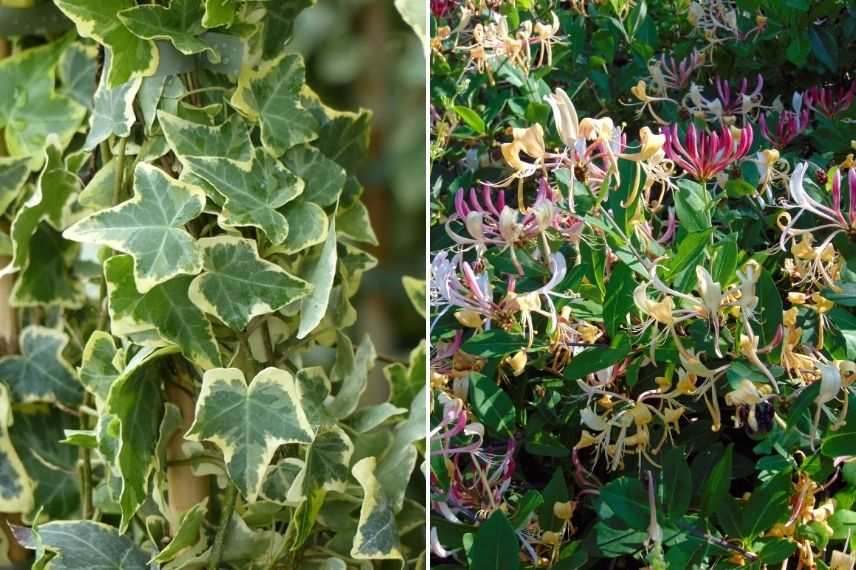
Hedera helix ‘Goldchild’ and Lonicera heckrotii ‘Gold Flame’
Discover other Hedera - Ivy
View all →Available in 1 sizes
Available in 3 sizes
Available in 1 sizes
Available in 1 sizes
Available in 2 sizes
Available in 1 sizes
Available in 1 sizes
Available in 2 sizes
Available in 1 sizes
Available in 1 sizes
In a romantic garden
Ivy is also a typical plant of romantic gardens with soft hues. Today, there are many varieties offering leaves in different shapes and colours. For this decor, opt for theHedera helix ‘Needlepoint‘ which is elegant with a highly dissected foliage. The common ivy ‘Glacier’ or the Canary ivy ‘Gloire de Marengo’ are welcome for the softness brought by their variegated silver-green leaves. Let your ivy climb on a support (for example, an arch) with a clematis with pastel flowers, pink, white, or mauve. The Clematis montana ‘Mayleen’ is renowned and is covered in an abundant spring flowering of soft pink.
In a nearby bed, shrub roses with long flowering periods take their place (such as the soft pink varieties ‘Old Blush’ or ‘Rosy Cushion’). Consider peonies with opulent flowers such as Paeonia (x) lactiflora ‘Sarah Bernhardt’ or ‘Duchesse de Nemours’. Perennials with silver-grey foliage are essential in these scenes: wormwood, Himalayan everlasting, or silver santolina.
Finally, insert furniture or decorative elements: fountain, bench, sculpture, lighting… Topiary art is sometimes present in this type of garden. Note that ivy can be used to create sorts of topiaries by letting it climb on wire forms.
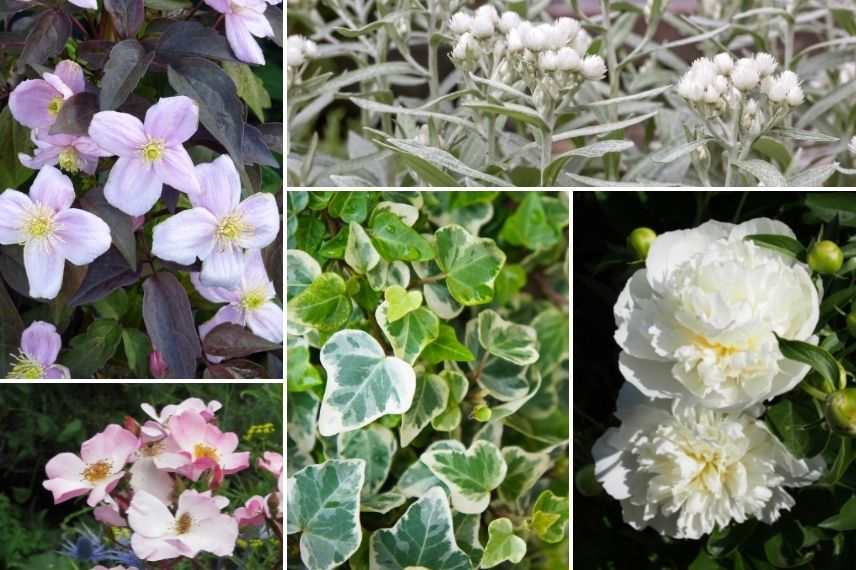
Clematis montana ‘Mayleen’, Anaphalis triplinervis, Rosa ‘Rosy Cushion’ (photo Peganum), Hedera helix ‘Glacier’ and Paeonia lactiflora ‘Duchesse de Nemours’ (photo FD Richards)
As a groundcover plant
Ivy can also be used to dress the bases of bushes or cover a bank. In this situation, use groundcover ivies, such as Hedera algeriensis ‘Bellecour’ or Hedera helix ‘Green Ripple’. Both have a good ability to creep and cover the ground with a carpet of large leaves. There are many groundcovers suitable for shady or partially shaded situations. Pachysandras thrive, as do Houttuynia cordata ‘Chameleon’ with its highly ornamental multicoloured foliage and Asarum epigynum ‘Takasago Saishin’ with its marbled evergreen leaves.
To add colour, you can pair your ivy with other flowering groundcover plants: periwinkles, hardy geraniums, epimediums, or dead nettles. On a bank in full sun, install heathers Erica carnea or Erica darleyensis, compact and very floriferous, alongside your ivy. Tolerant of root competition, creeping muehlenbeckia quickly forms beautiful leafy cushions. Finally, Stachys bizantina (lamb’s ear or rabbit’s ear) and Cerastium tomentosum var. columnae are extremely sun-resistant silver perennials, dense and creeping.
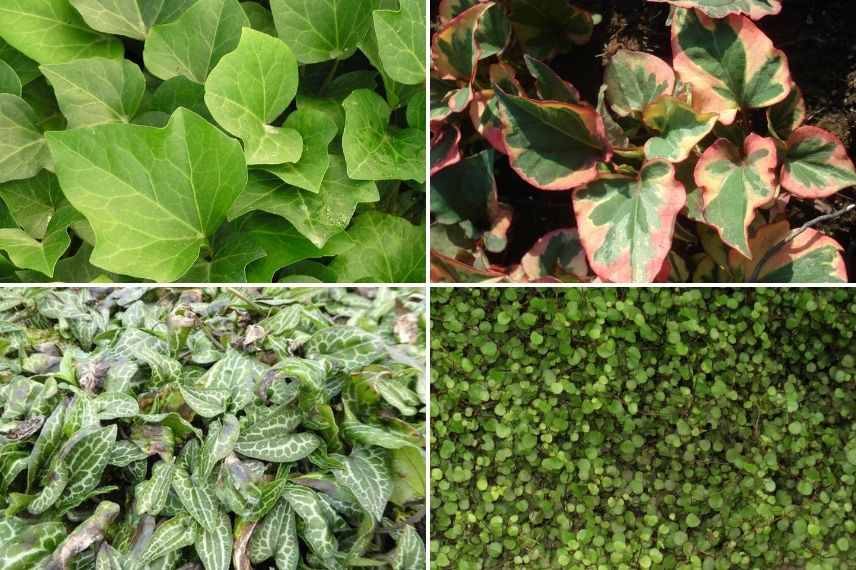
Hedera algeriensis ‘Bellecour’, Houttuynia cordata ‘Chameleon’, Asarum epigynum ‘Takasago Saishin’ (photo Guido) and Muehlenbeckia axillaris
In a woodland atmosphere
In a shaded area of the garden, create a peaceful universe, simple in design, for rejuvenation. Avoid eye-catching colours. Opt for cool tones like purple or various shades of green: blue-green, soft green, or dark green. The Colchian ivy is suitable for woodland edge-type spots with cool, humus-bearing soil. Let it cover a wall in the background. Sheltered from the wind by the wall, the hydrangea Hydrangea aspera ‘Villosa’ is perfect for shady gardens. It thrives in cool environments, allowing it to display its purple umbels all summer long, from July to September. To accompany it, the giant-leaved hostas (‘Blue Angel’, ‘Big Mama’, or ‘Big Daddy’) add volume to the ground. Don’t forget the plants that naturally grow in forests. The sweet woodruff is ideal in this situation, decorating with its small white flowers, as well as the wood anemone, which blooms at the front, along the edge.

Hedera colchica, Hydrangea aspera ‘Villosa’ (photo PBK), Hosta ‘Big Daddy’ and Anemone nemorosa (photo Pandano)
- Subscribe!
- Contents
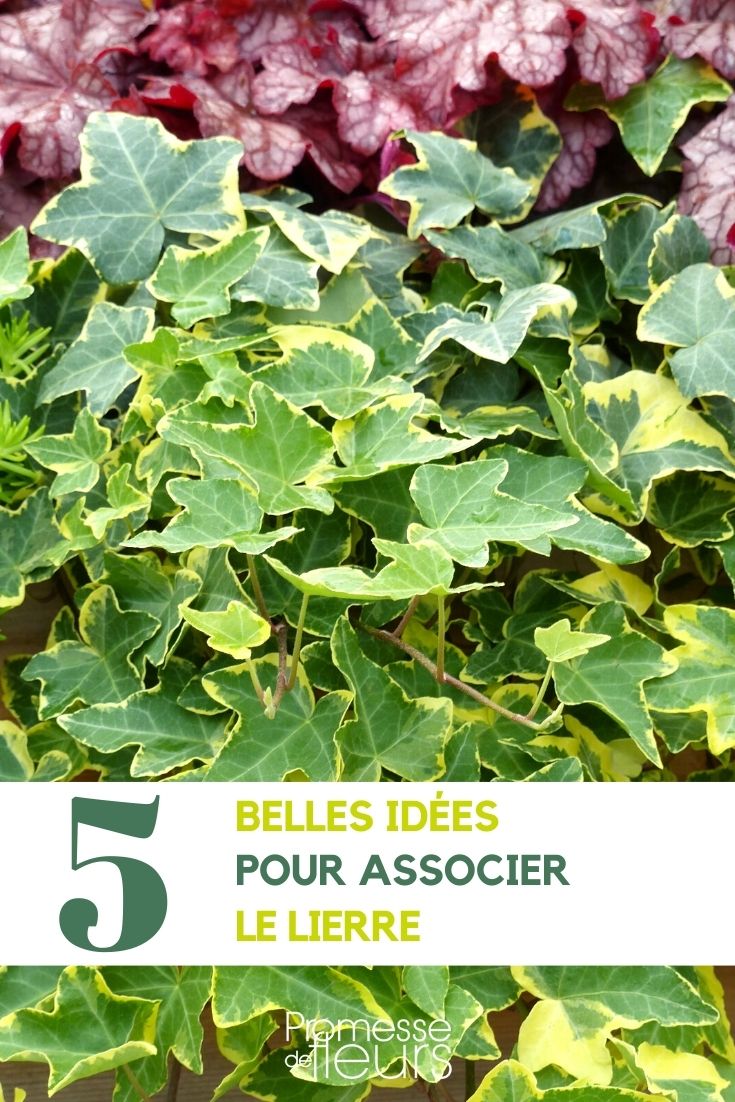































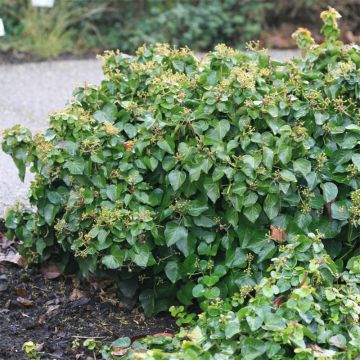



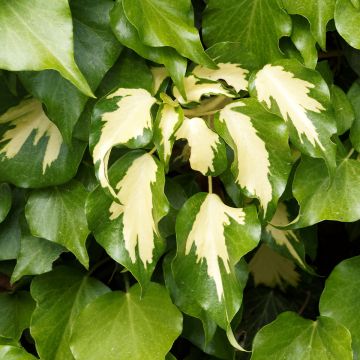
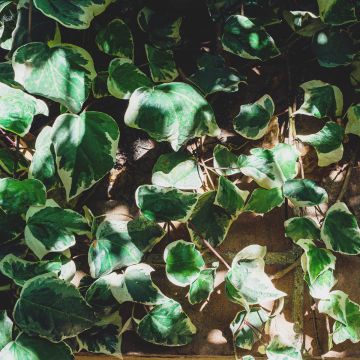



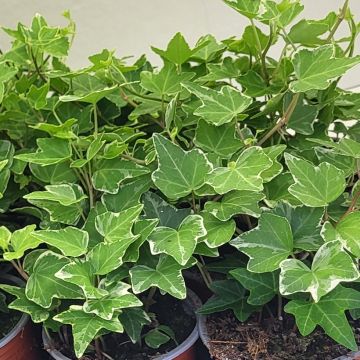
Comments